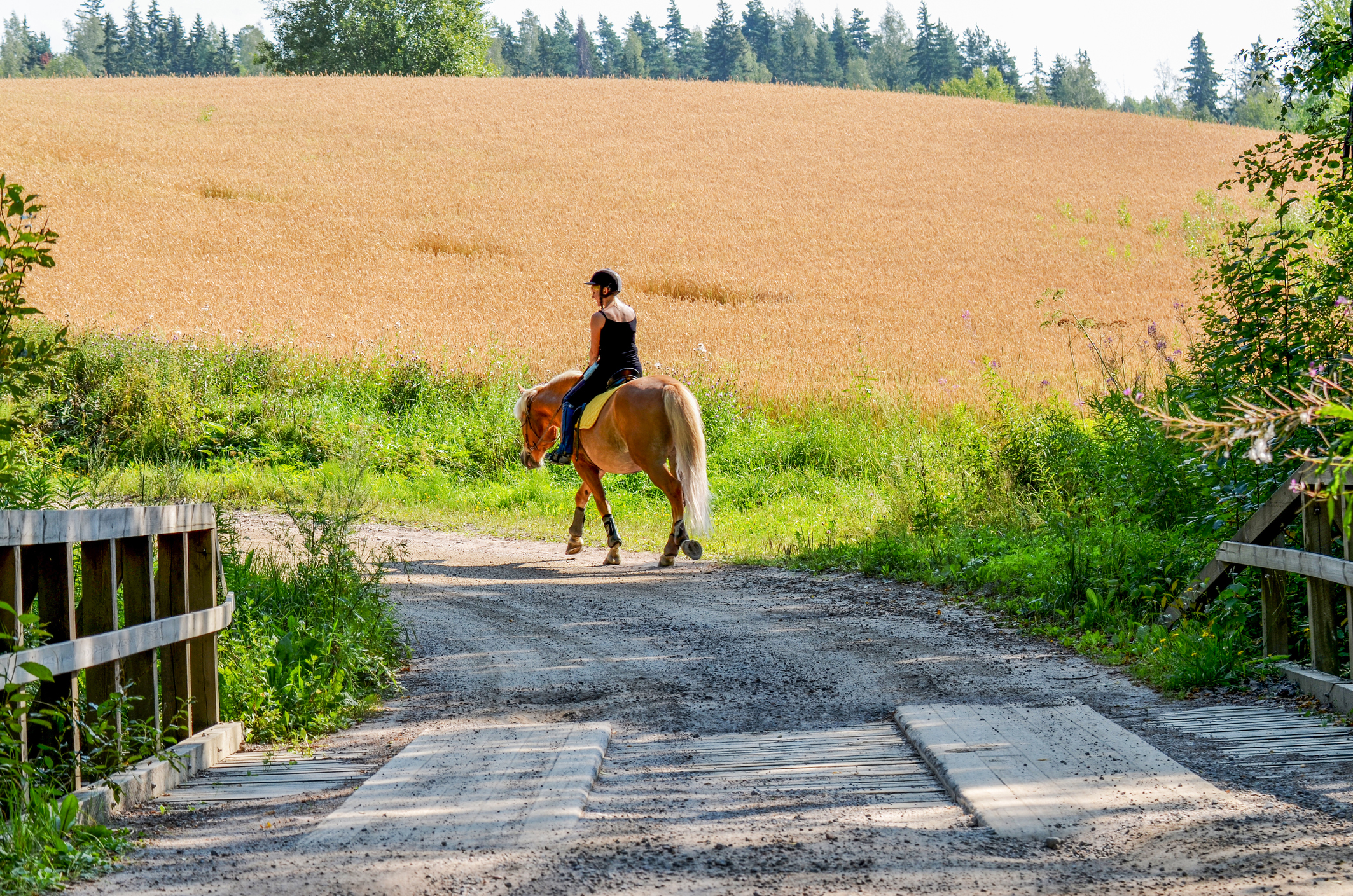When more people began using public land for recreational activities in the 1960s, the effects on flora and fauna became increasingly evident, which led the United States Forest Service to develop the Leave No Trace (LNT) program. Emphasizing wilderness ethics, the program promotes practices to reduce human impact on open lands and trails.
A similar effort was adopted by the Back Country Horseman of America’s (BCHA) founding chapter in Flathead County, Montana, in the early 1970s. The organization established guidelines for equestrian users of public land that evolved into BCHA’s current equine Leave No Trace program. The Equine Land Conservation Resource (ELCR) established an equivalent program for trails on private land called Tread Lightly.

Randy Rasmussen, BCHA director for public lands and recreation, outlines a few examples of equine LNT’s common-sense practices:
• Plan, before proceeding. Thinking ahead is the number one way riders can minimize their impact on land and trails, says Rasmussen. “Research what you should expect on any given trail. When you don’t plan, problems happen.”
If there are muddy areas on the trail you’ll be following, plan a route that takes you over the driest, most durable footing to minimize your impact. Also find out ahead of time what type of wildlife you might encounter on any particular trail and learn how those animals are likely to respond to people on horseback.
• Respect the environment. When going on a multi-day trail ride, determine how best to corral your horses overnight to prevent them from damaging campsites. Give tethered horses enough freedom so they don’t paw or cause damage to the ground or trees with their ropes.
• Manage your horse’s manure. Rasmussen says manure is the primary complaint from non-equestrian trail users who share trails with equestrians. Even though most trail users have reasonable expectations and tolerant attitudes about horses on shared trails, do what you can to reduce the amount of manure left behind and to ensure it ends up in the least-offensive places.
“We encourage riders to be sensitive to other users’ aesthetic grievances and the environmental concerns of manure being left in or close to water so horseback riders don’t get a bad rap from hikers or bikers who encounter it on shared trails,” Rasmussen says. “This is especially important around trailheads, campsites and water sources.”
Click here to read how you can work to keep riding trails open.
While emphasizing that his group doesn’t call for riders to shovel up every bit of manure their horses leave on a trail, Rasmussen says some common-sense cleanup will help preserve goodwill with other trail users. “Horses tend to unload manure near the trailhead and over the first quarter- to half-mile of trail. If you’re on a day trip with a large number of horses on a shared-use trail, recruit a volunteer from your group to kick or shovel manure off that first quarter- to half-mile of trail. If manure is close to the trailhead, haul it to the trailers for later disposal.”
Don’t miss out! With the free weekly EQUUS newsletter, you’ll get the latest horse health information delivered right to your in basket! If you’re not already receiving the EQUUS newsletter, click here to sign up. It’s *free*!








